fastest manual cars
Summary
Check out our list of the fastest manual cars, featuring top sports and performance vehicles. Find your perfect ride now!
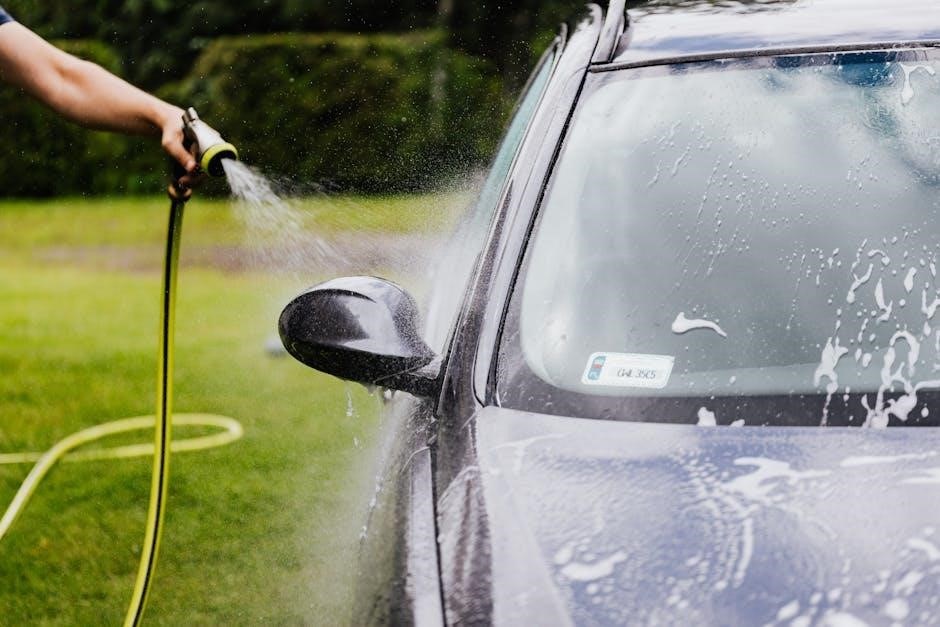
Manual cars offer a unique driving experience, blending power, precision, and driver engagement. They are favored by purists for their control and connection to the machine, making them a timeless choice for enthusiasts.
What Are Manual Cars?
A manual car, also known as a stick-shift or manual transmission vehicle, is a type of automobile that requires the driver to manually change gears using a clutch pedal and a gearshift. Unlike automatic cars, manual cars demand active engagement from the driver, as they must press the clutch, select the appropriate gear, and release the clutch smoothly to maintain momentum. This system provides drivers with greater control over the vehicle’s performance, allowing for precise acceleration and deceleration. Manual cars are often preferred by driving enthusiasts due to the direct connection they offer between the driver and the car. Key components include the clutch pedal, gearshift, and manual transmission, which work together to deliver a more immersive driving experience. The manual transmission is typically lightweight and mechanically efficient, making it a popular choice for performance-oriented vehicles.
A Brief History of Manual Transmissions
The manual transmission has a rich history dating back to the early 20th century, with the first manual gearboxes appearing in basic forms. Over the years, manual transmissions evolved significantly, becoming more refined and efficient. By the mid-20th century, manual transmissions became a staple in automotive design, offering drivers greater control and performance. The development of synchronized gears in the 1920s revolutionized manual transmissions, making them smoother and easier to use. This innovation led to widespread adoption in both everyday vehicles and high-performance cars. Today, manual transmissions remain popular among driving enthusiasts, despite the rise of automatic and dual-clutch systems. Their enduring appeal lies in the tactile connection they provide between the driver and the vehicle, making them a preferred choice for those who value precision and engagement behind the wheel.
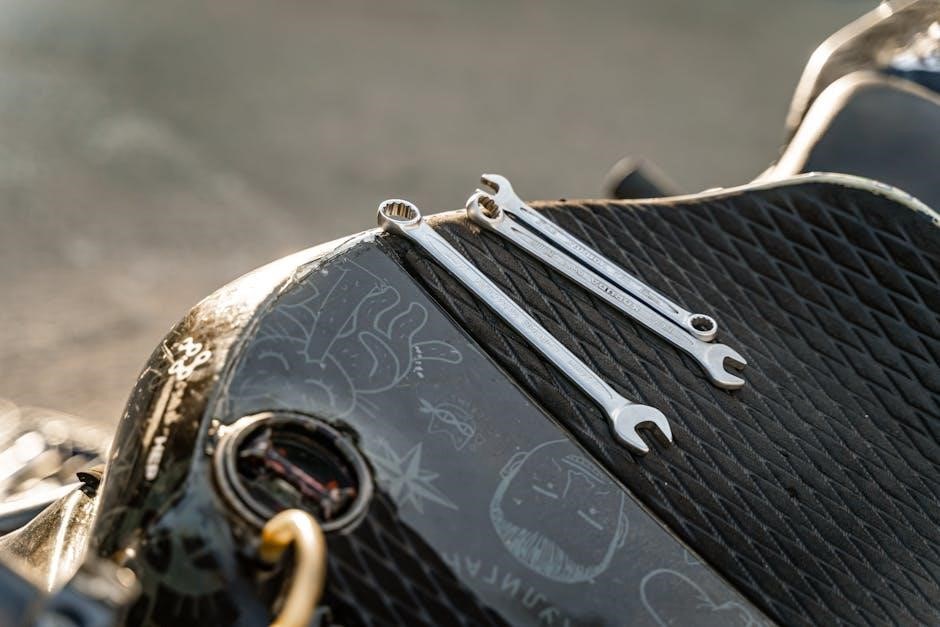
Why Manual Cars Are Preferred for Speed
Manual cars are preferred for speed due to better driver control, faster gear shifts, and direct connection to the engine, enabling optimal acceleration and performance in high-speed scenarios.
Driver Engagement and Control
Driving a manual car demands active participation, fostering a deeper connection between the driver and the vehicle. The necessity to operate the clutch and gearshift ensures that drivers are fully engaged, allowing for precise control over acceleration and speed. This hands-on approach enables drivers to anticipate and respond to road conditions intuitively, enhancing overall performance. The tactile feedback from the gearshift and the responsiveness of the clutch provide a sense of mastery, making the driving experience more rewarding. In high-speed scenarios, this increased control allows drivers to optimize their vehicle’s potential, delivering quicker acceleration and smoother transitions between gears. The engagement and control offered by manual transmissions are key reasons why they remain popular among driving enthusiasts seeking a more immersive experience.
Better Acceleration and Performance
Manual transmissions are often associated with superior acceleration and performance compared to their automatic counterparts. The direct connection between the engine and the wheels, without the torque converter found in automatics, allows for quicker power delivery. Drivers can precisely control gear shifts to maximize acceleration, especially in situations requiring rapid speed changes. This mechanical advantage enables manual cars to achieve faster 0-60 mph times and better responsiveness. Additionally, the ability to downshift before entering a corner or to maintain optimal revs during cornering enhances handling and stability. For performance-oriented drivers, the control over acceleration and deceleration that a manual transmission provides is unparalleled, making it a preferred choice for those seeking the ultimate driving experience. This inherent performance edge is why manual cars are often favored in racing and high-performance driving environments.

Key Factors That Make a Manual Car Fast
Manual cars’ speed is driven by horsepower, torque, weight distribution, gearing, and tire quality. These factors collectively enhance acceleration, handling, and overall performance, making them faster and more responsive.
Horsepower and Torque Output
Horsepower and torque are critical factors in determining a manual car’s speed. Higher horsepower directly translates to greater acceleration and top speed, enabling faster performance. Torque, meanwhile, provides the pulling power needed for quick launches and responsive driving. Together, they create a powerful synergy that enhances the car’s overall speed and agility. In manual cars, drivers can optimize gear shifts to maximize these outputs, ensuring the engine operates within its peak power range. This combination of raw power and driver control makes manual cars particularly appealing for those seeking exhilarating performance. By balancing horsepower and torque, manufacturers can create vehicles that deliver both speed and responsiveness, making them stand out in the realm of high-performance driving.
Weight Distribution and Balance
Weight distribution and balance are pivotal in achieving optimal performance in manual cars. A well-balanced vehicle ensures even weight allocation between the front and rear axles, enhancing stability and handling. This balance allows for precise cornering and minimized understeer or oversteer, enabling drivers to maintain control at high speeds. Cars with a low center of gravity, such as sports cars, benefit from improved agility and responsiveness. Additionally, weight distribution directly impacts acceleration, as a rear-wheel-drive configuration often provides better traction for launching from a standstill. Manufacturers achieve this balance through strategic engineering, including placing heavier components like engines closer to the center of the car. Proper weight distribution not only enhances speed but also elevates the overall driving experience, making manual cars more enjoyable and efficient on both the road and the track. This balance is a cornerstone of high-performance driving.

Gearing and Transmission Efficiency
Gearing and transmission efficiency play a crucial role in the performance of manual cars. Close-ratio gearing allows for quicker acceleration and better control during high-speed driving. Manual transmissions typically offer more precise gear engagement compared to automatics, enabling drivers to extract maximum power from the engine. The mechanical efficiency of manual transmissions ensures minimal power loss, translating to faster acceleration and improved responsiveness. Additionally, the ability to select the optimal gear for specific driving conditions enhances both speed and agility. Advanced gearing systems, such as those with shorter gear ratios, are often found in high-performance manual cars, enabling rapid shifting and maintaining momentum through corners. The direct connection between the driver and the transmission fosters a more engaging and efficient driving experience, making manual cars a preferred choice for enthusiasts seeking speed and precision. Modern transmissions also incorporate lightweight materials to reduce inertia and improve overall efficiency, further contributing to their reputation for speed and responsiveness.
Tire Quality and Traction
Tire quality and traction are essential for maximizing the speed and performance of manual cars. High-performance tires with advanced tread compounds provide superior grip, enabling faster cornering and stable acceleration. The tread pattern and rubber composition are designed to maintain optimal contact with the road, reducing slip and enhancing responsiveness. Wide tires with low sidewalls improve handling at high speeds, while specialized summer tires offer even greater traction in dry conditions. Proper tire pressure and alignment further enhance performance, ensuring the tires can withstand the demands of aggressive driving. Additionally, modern tire technologies, such as adaptive tread designs, optimize traction across varying driving conditions. The combination of high-quality tires and precise driver control allows manual cars to deliver exceptional speed and agility, making tire selection a critical factor in achieving peak performance.
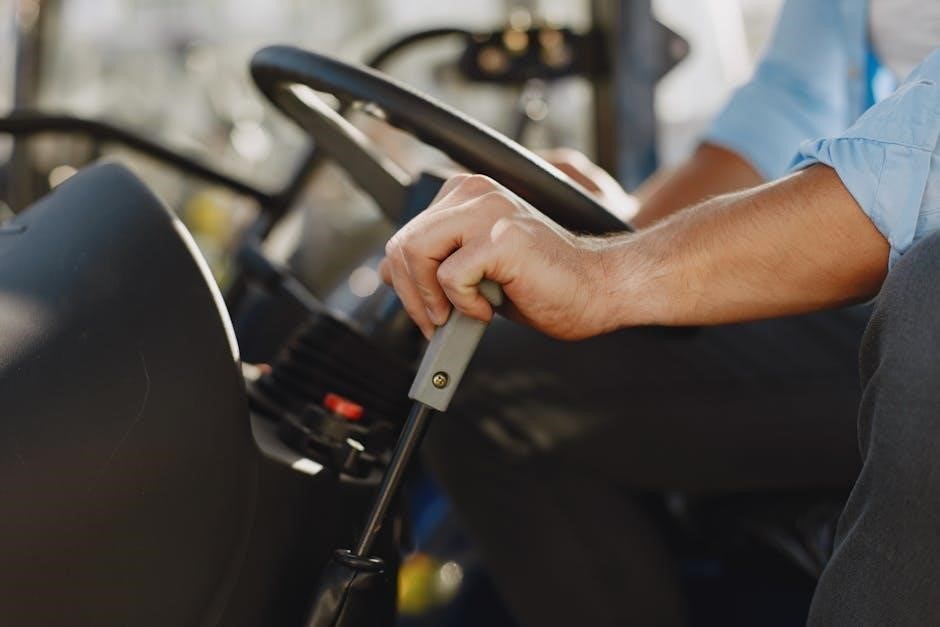
Top Fastest Manual Cars
Manual cars combine power, precision, and driver engagement, making them popular among enthusiasts. The following models are renowned for their exceptional speed, handling, and performance capabilities.
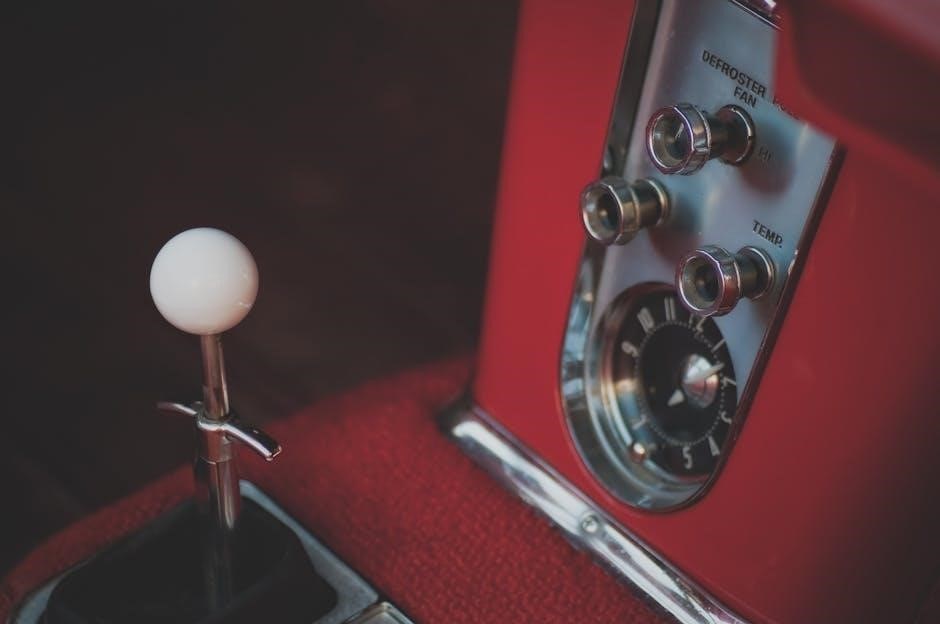
Porsche 911 GT3
The Porsche 911 GT3 is a standout among the fastest manual cars, delivering exceptional performance and precision. Equipped with a 4.0-liter flat-six engine, it produces 502 horsepower and 346 lb-ft of torque. The 7-speed manual transmission offers precise control, allowing drivers to harness the engine’s power effectively. With a 0-60 mph time of just 3.2 seconds and a top speed of 197 mph, the GT3 is a marvel of engineering. Its lightweight design, aerodynamic enhancements, and track-focused suspension make it a favorite for enthusiasts. The GT3 also features a rear-engine layout, providing optimal weight distribution for agility and stability. Whether on the road or the track, the 911 GT3 exemplifies the perfect blend of power, handling, and driver engagement, solidifying its reputation as one of the fastest manual cars available.
Chevrolet Corvette Stingray
The Chevrolet Corvette Stingray is a powerhouse of performance, offering a thrilling driving experience with its manual transmission. Equipped with a 6.2-liter V8 engine, it delivers 460 horsepower and 465 lb-ft of torque. The 8-speed dual-clutch automatic is standard, but the 7-speed manual transmission is a favorite among driving purists, providing precise control over the engine’s power. With a 0-60 mph time of just 2.9 seconds in the Z51 package, the Stingray showcases remarkable acceleration. Its mid-engine layout enhances weight distribution, improving handling and stability at high speeds. The Corvette Stingray also features advanced aerodynamics and a lightweight chassis, making it a formidable competitor on both the road and the track. Drivers can further enhance performance with optional packages like the Z06, which pushes the limits of speed and agility. The Stingray’s combination of raw power, precise handling, and manual transmission makes it a standout choice for enthusiasts seeking a fast and engaging drive.
Toyota GR Supra
The Toyota GR Supra is a revived legend that combines modern performance with classic driving appeal. Available with a 6-speed manual transmission, it offers a direct connection between driver and machine. Powered by a 3.0-liter turbocharged inline-6 engine, the GR Supra delivers 382 horsepower and 369 lb-ft of torque, enabling a 0-60 mph sprint in just 4.1 seconds. Its rear-wheel-drive layout and near-perfect weight distribution enhance handling precision, making it a joy on twisty roads. The manual gearbox provides crisp shifts and a satisfying driving experience, catering to purists who value control and engagement. Optional features like adaptive suspension and limited-slip differential further refine its performance. The GR Supra also boasts a sleek, aerodynamic design inspired by its heritage. For enthusiasts seeking a blend of power, agility, and nostalgic charm, the Toyota GR Supra remains a standout choice in the realm of fast manual cars.
Ford Mustang Shelby GT350
The Ford Mustang Shelby GT350 is a high-performance variant of the iconic Mustang, designed for track enthusiasts. It features a 5.2-liter naturally aspirated V8 engine, producing 529 horsepower and 429 lb-ft of torque. The GT350 is paired with a 6-speed manual transmission, offering precise control and a visceral driving experience. Its lightweight design, aerodynamic body, and advanced suspension system make it a formidable contender on both road and track. The GT350 also boasts a unique exhaust system that amplifies its aggressive sound. With a focus on performance, it achieves a 0-60 mph time of just 4.2 seconds. Drivers who crave raw power and mechanical connection will appreciate the GT350’s unfiltered driving dynamics. Its styling, including bold stripes and aggressive lines, reflects its racing heritage. As one of the fastest manual cars available, the Shelby GT350 embodies the spirit of performance and driving purity.
Nissan GT-R (R32, R33, R34)
The Nissan GT-R, spanning generations R32, R33, and R34, is a legendary sports car renowned for its exceptional performance and advanced technology. These models feature powerful twin-turbocharged engines, with the R34 producing up to 280 horsepower. The GT-R’s all-wheel-drive system, known as ATTESA E-TS, provides superior traction and handling, making it a formidable competitor on both road and track. The manual transmission in these models offers precise control, enhancing the driving experience. The GT-R’s aerodynamic design and lightweight construction further complement its speed and agility. With a 0-60 mph time of around 5 seconds, these cars are celebrated for their balance of power and refinement. Enthusiasts praise the GT-R for its raw performance, making it a standout among manual cars. Its legacy as a high-performance icon continues to captivate drivers worldwide.
BMW M4 (E92, F82)
The BMW M4, particularly in the E92 and F82 generations, is celebrated for its exceptional performance and driving dynamics. The E92 M4 features a naturally aspirated 4.0-liter V8 engine, delivering 414 horsepower and a screaming redline of 8,400 rpm. The F82 M4, with its twin-turbocharged 3.0-liter inline-6, produces 425 horsepower and 406 lb-ft of torque, combining power with efficiency. Both models offer a precise 6-speed manual transmission, allowing drivers to fully engage with the car’s capabilities. The M4’s rear-wheel-drive layout and near-perfect weight distribution enhance handling, making it a joy on twisty roads and tracks alike. Lightweight components and aerodynamic designs further optimize speed and agility. With a 0-60 mph time of just over 4 seconds, the M4 is a testament to BMW’s engineering prowess. Its blend of raw performance and precision steering solidifies its reputation as one of the fastest and most rewarding manual cars available.
Mazda MX-5 Miata
The Mazda MX-5 Miata is a lightweight, rear-wheel-drive roadster that embodies the spirit of driving purity. While not the most powerful car, its 2.0-liter inline-4 engine delivers 181 horsepower and 151 lb-ft of torque, making it a joy to drive. The MX-5’s manual transmission is renowned for its smooth, precise shifts, allowing drivers to fully connect with the road. Its low curb weight and balanced chassis contribute to exceptional handling, making it a favorite for enthusiasts. The Miata’s simplicity and affordability have made it a cult classic, with a strong focus on driving engagement over outright speed. Its design philosophy, “Jinba Ittai” (horse and rider as one), emphasizes harmony between driver and car, creating a unique and exhilarating experience. While it may not be the fastest in a straight line, the MX-5 Miata excels in delivering a thrilling, hands-on driving experience that few cars can match.
Honda Civic Type R (FK8)
The Honda Civic Type R (FK8) is a high-performance hatchback that combines razor-sharp handling with impressive acceleration. Equipped with a 2.0-liter VTEC turbocharged engine, it produces 306 horsepower and 295 lb-ft of torque. The FK8 is exclusively offered with a 6-speed manual transmission, featuring a rev-matching system for smoother downshifts. Its front-wheel-drive layout is optimized with a dual-axis strut suspension, minimizing torque steer and enhancing grip. The Type R accelerates from 0-60 mph in just 5.1 seconds and boasts a top speed of 169 mph. The car’s aggressive aerodynamics, including a large rear wing, improve stability at high speeds. Weighing 3,113 pounds, it balances agility with power, making it a track-ready weapon. Priced affordably, the FK8 offers exceptional performance for its class, cementing its reputation as one of the fastest and most engaging manual cars available today. Its blend of practicality and raw performance makes it a favorite among driving enthusiasts worldwide.
Volkswagen Golf GTI (Mk7, Mk8)
The Volkswagen Golf GTI (Mk7, Mk8) is a iconic hot hatch that blends everyday practicality with thrilling performance. Available with a 6-speed manual transmission, the GTI delivers precise control and driver engagement. Its 2.0-liter turbocharged inline-4 engine produces 228 horsepower and 258 lb-ft of torque in the Mk7, while the Mk8 sees a slight increase to 241 horsepower. The Golf GTI accelerates from 0-60 mph in just 5.9 seconds, making it a formidable performer in its class. Its compact chassis and well-tuned suspension provide sharp handling and stability, while the limited-slip differential in the Mk8 enhances traction during aggressive driving. The GTI’s combination of affordability, practicality, and sporty dynamics has made it a favorite among enthusiasts. With its responsive steering and punchy acceleration, the Golf GTI remains one of the most enjoyable and accessible manual cars on the market, offering a perfect blend of fun and functionality.

Driving Techniques for Maximizing Speed
Mastering techniques like heel-to-toe shifting, rev-matching, and optimal gear selection enhances speed and control in manual cars, ensuring smoother transitions and maintaining momentum through corners and straights.
Heel-to-Toe Shifting
Heel-to-toe shifting is a driving technique that enhances speed and control, particularly during cornering. It involves using the heel of one foot to press the brake pedal while simultaneously using the toes to “blip” the throttle, maintaining engine revs. This smooths the transition from braking to accelerating, reducing rear-wheel locking and improving stability. By matching engine speed to gear ratio, drivers can downshift seamlessly, minimizing wear on the drivetrain and maximizing traction. Proper heel-to-toe shifting requires practice to coordinate foot movements precisely, but it significantly enhances lap times and driving precision, especially in performance-oriented manual cars like the Porsche 911 GT3 or Chevrolet Corvette Stingray. It’s a cornerstone technique for drivers aiming to extract the maximum speed from their vehicles on both road and track.
Rev-Matching
Rev-matching is a driving technique used to smooth downshifts by matching the engine’s RPM to the gear being selected. This prevents abrupt wheel locking and reduces wear on the drivetrain. To rev-match, drivers press the clutch, downshift, and simultaneously “blip” the throttle to raise engine RPMs, ensuring a seamless transition. This technique is especially useful in high-performance manual cars like the Porsche 911 GT3 or Nissan GT-R, where precise control enhances speed and stability. Rev-matching minimizes wheelspin and maintains traction, particularly when cornering or braking aggressively. It requires practice to master but is essential for optimizing acceleration and handling in fast manual cars. Proper rev-matching not only improves lap times but also extends the lifespan of the transmission and clutch. It’s a key skill for drivers seeking to maximize performance and control behind the wheel.
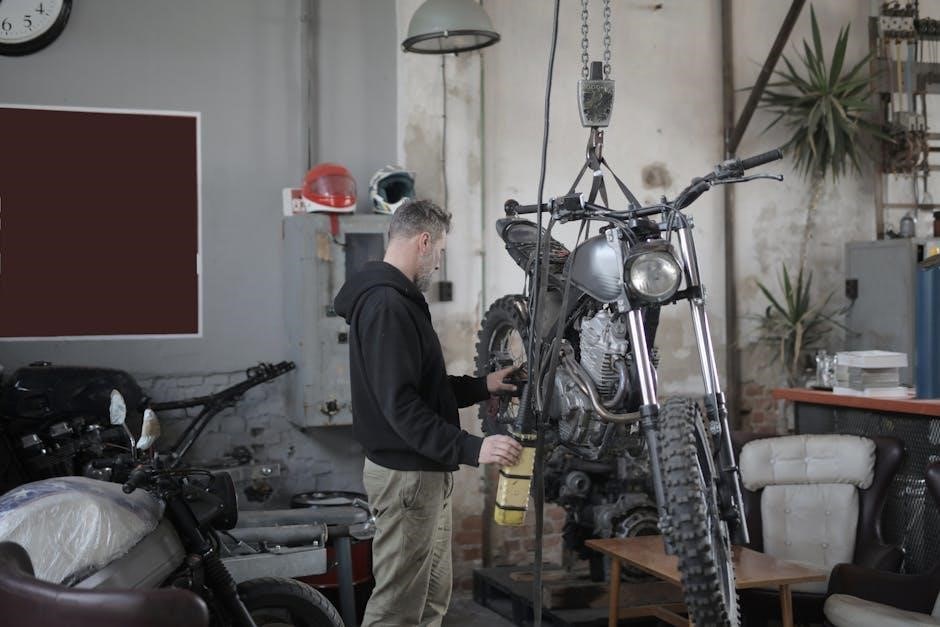
Optimal Gear Selection
Optimal gear selection is crucial for maximizing speed and control in manual cars. It involves choosing the right gear for the driving situation to keep the engine within its power band, ensuring maximum torque and horsepower delivery. For example, in fast cars like the Chevrolet Corvette Stingray or Ford Mustang Shelby GT350, staying in the optimal RPM range allows for quicker acceleration and smoother transitions. Drivers must anticipate corners or straights to upshift or downshift appropriately, maintaining momentum and stability. Proper gear selection also enhances fuel efficiency and reduces wear on the engine and transmission. In high-performance driving, such as on a racetrack, optimal gearing is essential for maintaining speed through turns and accelerating out of them. Mastering this skill requires practice and a deep understanding of the car’s capabilities, making it a key factor in unlocking the full potential of the fastest manual cars.
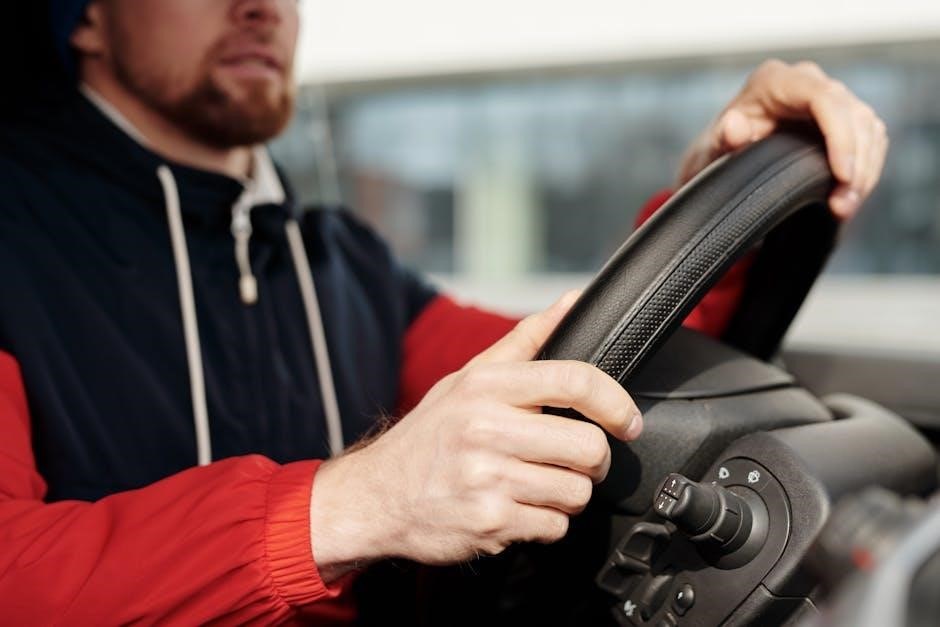
Future of Manual Cars
The future of manual cars lies in niche markets, catering to driving enthusiasts who value control and connection. While automatics and EVs dominate, manuals will persist in performance vehicles, preserving the unique driving experience cherished by purists.
Rise of Automatic and Dual-Clutch Transmissions
The rise of automatic and dual-clutch transmissions has significantly impacted the popularity of manual cars, especially in the realm of performance vehicles. Modern automatics, equipped with advanced torque converters and adaptive algorithms, now rival manual transmissions in terms of speed and efficiency. Dual-clutch transmissions (DCTs), in particular, offer lightning-fast shifting times, making them a favorite for high-performance applications. These systems eliminate the need for manual clutch operation while maintaining precise control over gear changes, appealing to drivers who prioritize convenience without sacrificing speed.
Despite their advantages, automatic and DCT systems have not entirely replaced manuals. Enthusiasts argue that manuals provide a more engaging driving experience, fostering a deeper connection between the driver and the car. As a result, manual transmissions remain a niche choice, cherished by purists who value the tactile feedback and control they offer.
However, the trend suggests that automatic and DCT transmissions will continue to dominate the market, even in high-performance segments. Their ability to deliver consistent, optimal performance with minimal driver input makes them appealing to a broader audience. Yet, manual transmissions will likely persist in limited production runs or special editions, catering to the passionate community of driving enthusiasts who refuse to let the art of manual shifting fade away.
Impact of Electric Vehicles (EVs)

The rise of electric vehicles (EVs) has brought significant changes to the automotive industry, particularly in the realm of performance and driver engagement. EVs, with their instant torque and smooth acceleration, have redefined the concept of speed and efficiency. Unlike manual cars, which rely on gear shifts for performance, EVs deliver seamless power delivery through their electric motors. This has led to a shift in consumer preferences, with many opting for the convenience and sustainability of EVs over traditional manual transmissions.
While EVs excel in acceleration and efficiency, they lack the tactile driving experience that manual cars provide. This has raised questions about the future of manual transmissions in a world increasingly dominated by electric powertrains. However, enthusiasts argue that the emotional connection and control offered by manual cars cannot be replicated by EVs, ensuring their place in the market, albeit as a niche product.
Manual Transmissions in Modern Sports Cars
Manual transmissions remain a cornerstone of modern sports cars, offering a unique driving experience that combines precision, control, and emotional engagement. Many high-performance vehicles, such as the Porsche 911 GT3 and Toyota GR Supra, continue to feature manual options, catering to purist drivers who value the tactile connection of shifting gears. These transmissions are often paired with advanced engineering, including lightweight components and optimized gear ratios, to enhance both performance and efficiency.
Despite the rise of dual-clutch and automatic transmissions, manual cars retain a loyal following. They are celebrated for their ability to deliver a more immersive driving experience, allowing drivers to feel fully connected to the vehicle. This tactile interaction is a key reason why manual transmissions persist in the sports car segment, even as the industry evolves with new technologies.
In the realm of high-performance driving, manual cars continue to hold a special place, offering a unique blend of control, engagement, and sheer driving pleasure. The fastest manual cars, such as the Porsche 911 GT3 and Chevrolet Corvette Stingray, exemplify the perfect harmony of power, precision, and driver involvement. These vehicles are not just machines but extensions of the driver, allowing for a more intimate connection with the road.
While automatic and dual-clutch transmissions dominate modern automotive trends, the manual gearbox remains a cherished option for enthusiasts. Its ability to deliver raw, unfiltered performance ensures its relevance in the sports car world. For those who value the art of driving, manual cars are more than just a mode of transportation—they are a celebration of tradition, skill, and the joy of the drive.